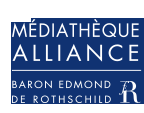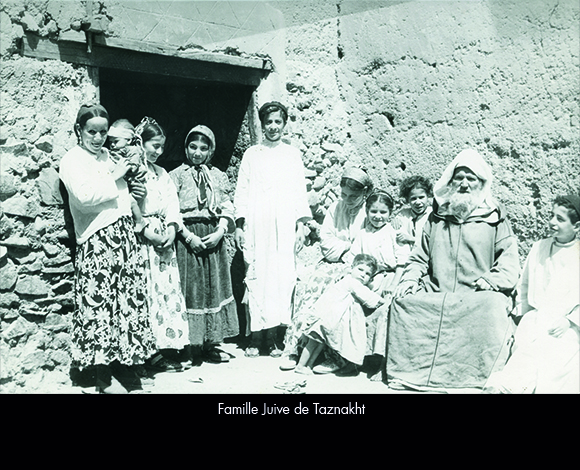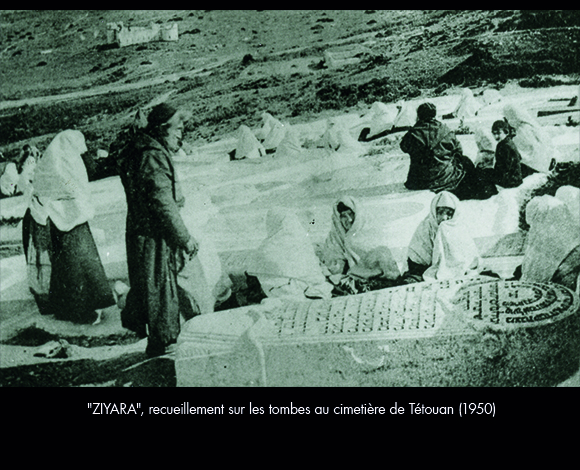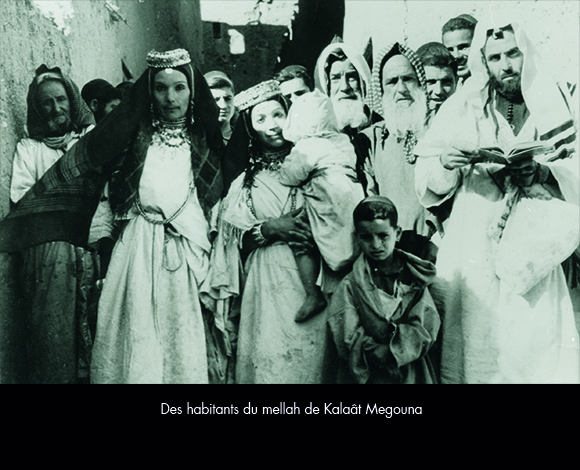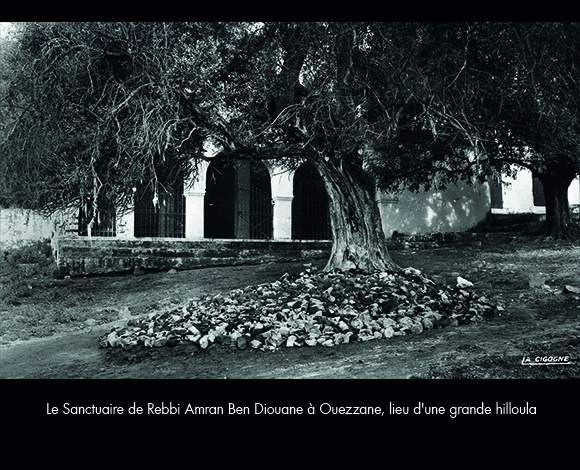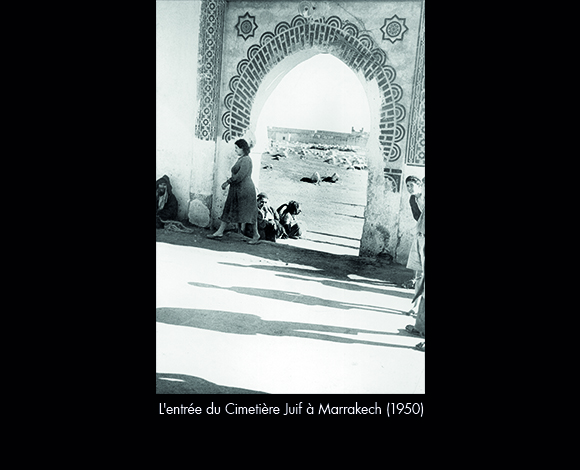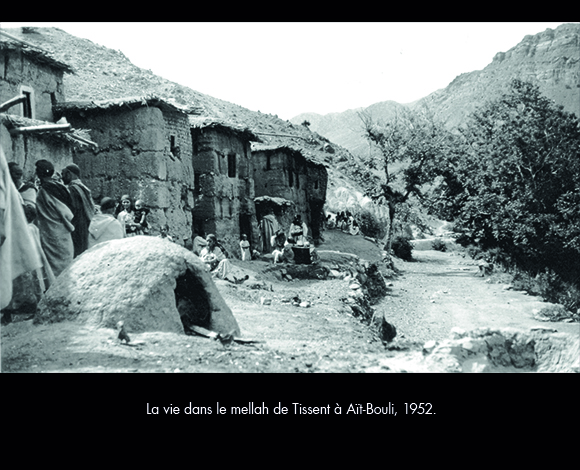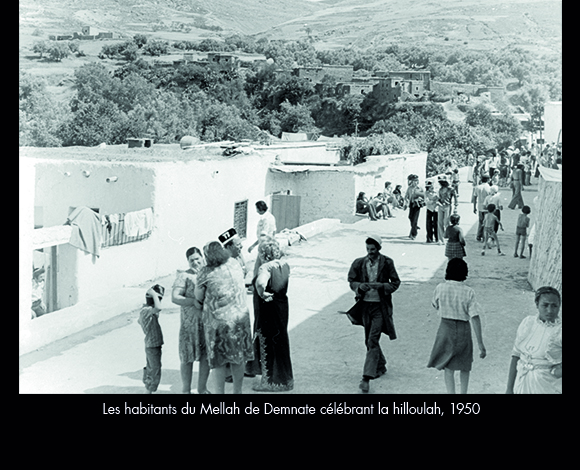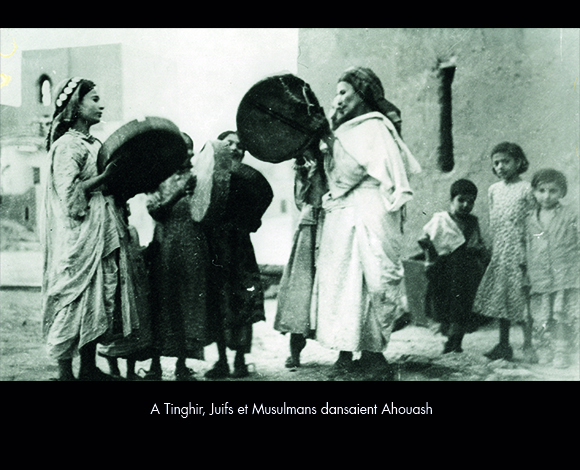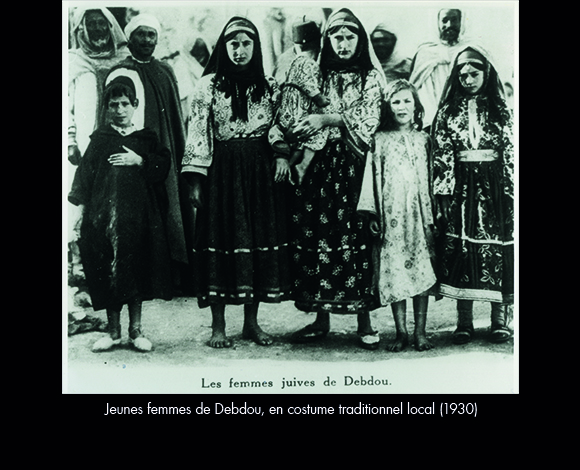Lives and faces
In most of Morocco's largest cities, Jews were grouped together in a district called mellah, usually surrounded by walls, with the dual purpose of bringing Jews together near the authorities (Sultan) and protecting them from external aggression. The word mellah means salt in Arabic and in Hebrew, the designation of the Jewish quarter undoubtedly comes from the mellah of Fez founded in an area where the salt trade was carried out. The overcrowding of these districts has produced often very precarious living conditions. Mellah Jews maintained constant contact with rural Jewish communities and those in other towns.
Contacts between Jews and Muslims were nonetheless frequent, and formed part of a complex network of "protectors-protected" unequal relationships, both harsh on the level of authority and friendly on the emotional and personal level. Commercial relationships are complemented by a series of common ritual activities all, notably the hiloula (pilgrimage to the tomb of a revered rabbi).
The cult of the tzaddik (saint), which can be compared to the figure of the Muslim marabout, is an important part of shared sociability and explains the importance of cemeteries as a place of meetings, prayers and devotions to ask for favors in matters of healing and prosperity to the spirit of the tzaddik.
You can find all documents from this exhibition in our digital library.


